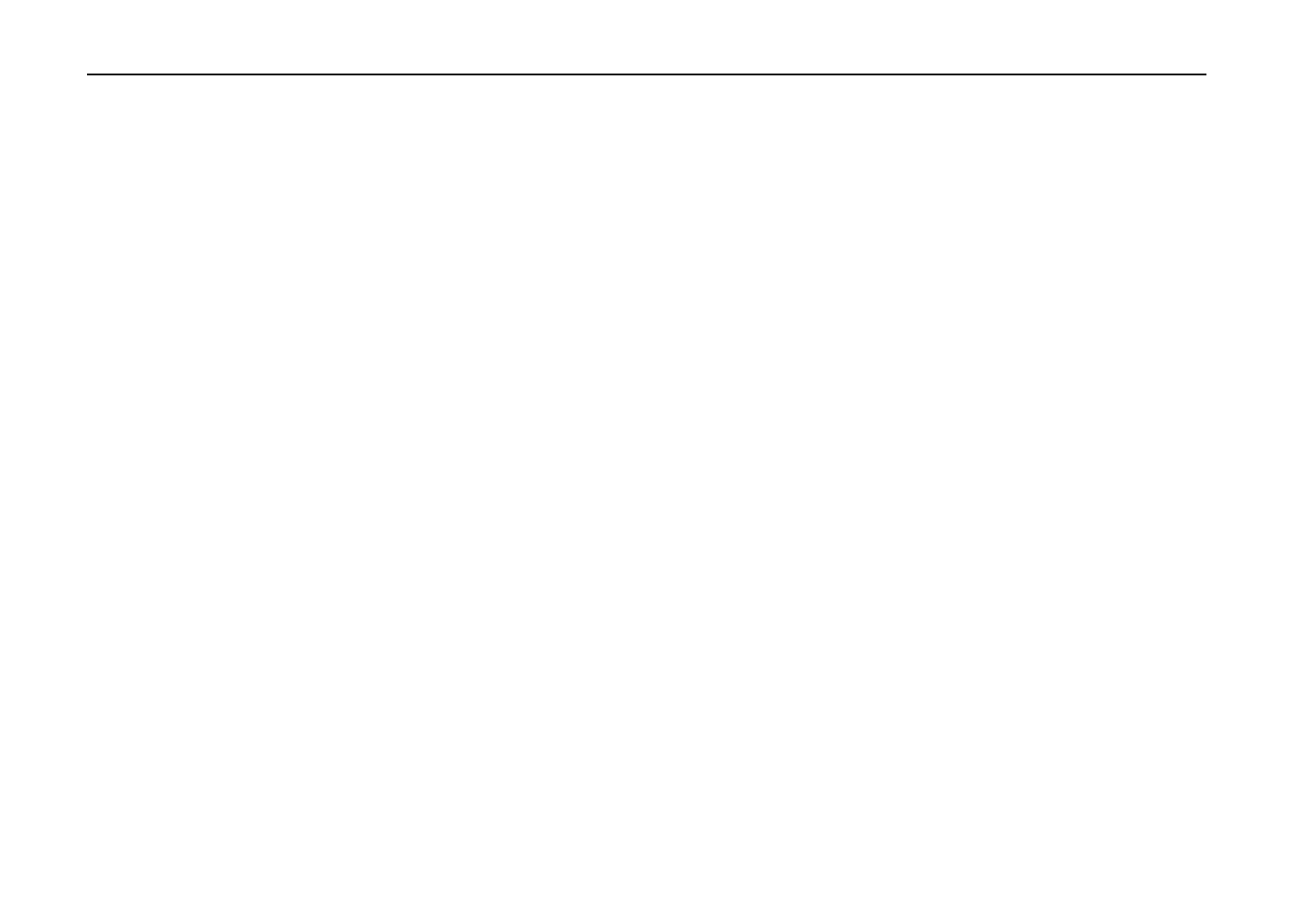
Selecting the Right Paper
B-6
Basis Weight
Basis weight is the weight of one square meter sheet of paper. Paper that is too light or too heavy can
cause misfeeding, jams, and premature wear of the printer. Uneven paper weight can cause multiple
feeds, print defects, poor toner fusing, blur-ring, and other print quality problems. The proper weight is
60 to 90 g/m
2
(16 to 24 lbs/ream). Paper weights of up to 163 g/m
2
can be handled when feeding from
the manual feed tray. However, this should be tested before use.
Thickness
The paper used with the printer should be neither extremely thick nor extremely thin. If you are having
problems with multiple feeds and paper jams, the paper may be too thin. The paper may also be too
thick if you are having problems with paper jams. The proper thickness is 0.086 to 0.110 mm (3.4 to
4.3 mils).
Moisture Content
Moisture content is defined as the percent ratio of moisture to the dry mass of the paper. Moisture can
affect feedability, electrostatic properties, and toner fusing characteristics.
The moisture content of the paper varies with the relative humidity in the room. When the relative
humidity is high and the paper absorbs moisture, the paper edges expand, becoming wavy in
appearance. When the relative humidity is low and the paper loses moisture, the edges shrink and
tighten, and print contrast may suffer.
Wavy or tight edges can cause misfeeding and alignment anomalies. The moisture content of the
paper should be 4% to 6%.
To ensure the proper moisture content it is important to store the paper in a controlled environment.
Some tips on moisture control are:


















